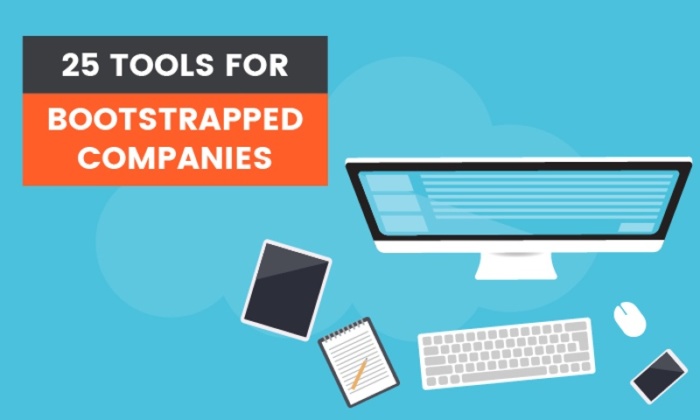How Fintechs Can Boost Financial Inclusion
Fintechs are computer programs and other technology used to support or enable banking and financial services. Nowadays, the discussion around a more inclusive financial economy is at the center of the fintech conversation. According to the last Global Findex...

Fintechs are computer programs and other technology used to support or enable banking and financial services. Nowadays, the discussion around a more inclusive financial economy is at the center of the fintech conversation. According to the last Global Findex Database, one-third of the world population, 1.7 billion people, remain unbanked. However, access is not the same everywhere. For instance, a Statista 2021 report highlights that while countries such as Netherlands, Australia and Canada have 0% unbanked population, others such as Morocco and Vietnam have 70% and 69% respectively.
Fintechs are trying to solve the financial inclusion situation by coming up with innovations such as fully digital banking services and new payment and credit scoring methods. Through their products and services they bring more opportunities for the unbanked, eliminating bureaucracy, and providing digital products available from any smartphone.
Neobanks, for instance, are banks that are completely digital, this means, with no fiscal branches. In contrast to traditional banks, neobanks offer regular banking services at a very low cost in only minutes. In a similar way, e-wallets also provide unbanked people the opportunity of making online purchases or receiving digital payments, without the need of a bank account. According to the last Global Payment report, digital wallets comprised 48.6% of e-commerce transaction value globally by 2021, and are projected to rise to 52.5% of transaction value in 2025.
At the same time, alternative payment methods such as Buy Now and Pay Later also offer credit invisibles a new way of financing their purchases, despite not having a credit card. The “Global Buy Now Pay Later Market 2022-2026” handbook estimates that this payment method will grow worldwide $41.83 billion during 2022-2026, accelerating at a CAGR of 29.36% during the forecasted period. This number reflects how people are seeking for alternatives to manage their money outside the traditional system.
Fintechs are also innovating in the subject of lending. New credit scoring based on alternative data and artificial intelligence has given trustworthy people access to new loan opportunities through a more complete and fair credit assessment despite their lack of credit history. Alternative information derives from multiple sources such as bills and app payments, social media and ecommerce purchases. These are collected and analyzed through machine learning algorithms that are capable of predicting consumer behavior and thus creating more effective profiles. This is a new and effective way of validating those financially excluded.
These companies are mostly growing in emerging markets since they are able to provide solutions to an economic gap resulting from traditional institutions. A DB Invest and Finnovista study highlights that fintechs in America and the Caribbean have grown 112% since 2018. A quarter of the existent global fintechs are born in this region. The report mentions that although the segment with the highest number of platforms is payments and remittance, with 25% of the total, lending (19%) and crowdfunding (5.5%) verticals are starting to become relevant.
Fintechs have been able to find a way to build a smart equation that includes reaching new markets at a low risk with big benefits. By tapping into the lack of financial access among the unbanked population, they developed the technology necessary to open up new business opportunities among those excluded.

 Aliver
Aliver 
































